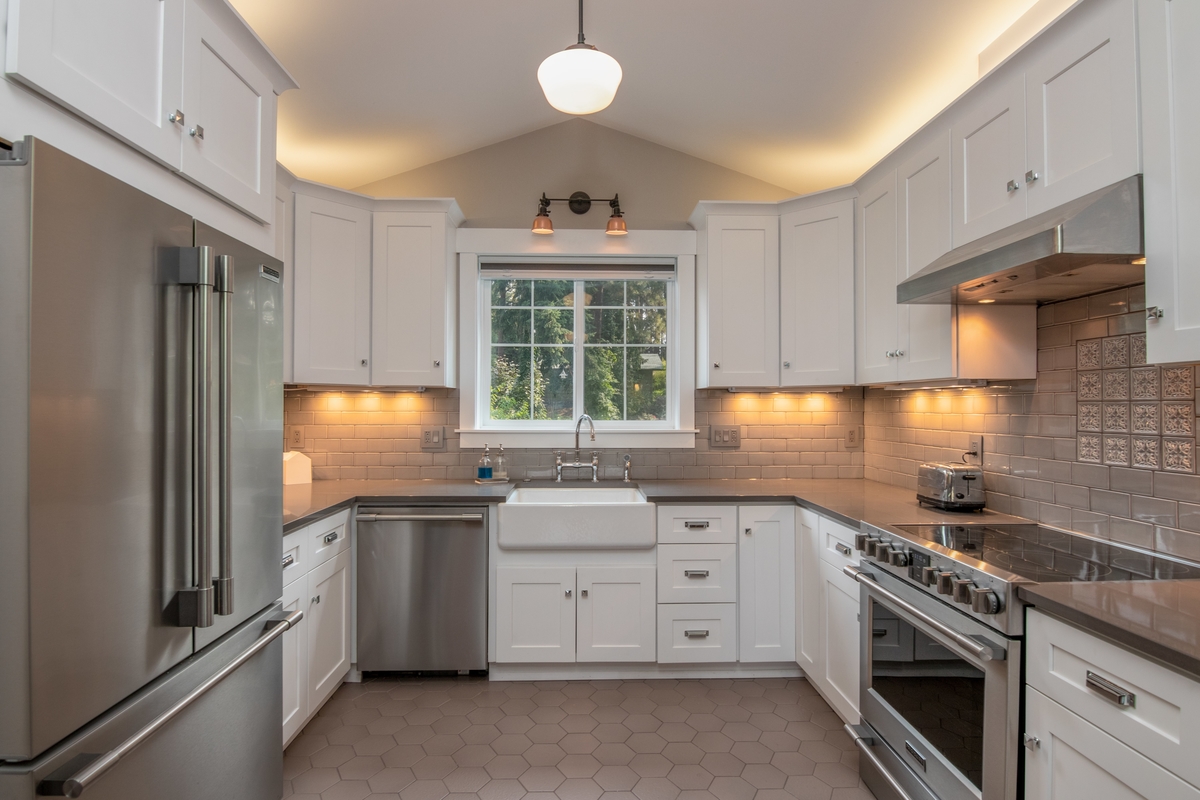Remodeling Boom Shines a Light on Lead-Based Paint Violations

The surge in DIY home improvement activity in the wake of the COVID-19 pandemic is expected to slacken somewhat as the economy continues to reopen. But the demand for larger renovations — those more apt for professional remodelers — will likely continue to grow.
In fact, the growth in home improvement spending is expected to remain solid throughout the remainder of this year and increase into 2022, according to new research from the Joint Center for Housing Studies of Harvard University. The center’s managing director, Chris Herbert, said the “lift in incomes and ongoing strength of the housing market are providing home owners incentives to make even greater investments in their homes this year.”
For renovations of any size and scale, home owners who value expertise and the assurance of high-quality work are encouraged to hire a professional remodeler – especially if the project involves a home built before 1978. Among the various nuances of renovating older homes, properly identifying and mitigating exposure to lead-based paint remains one of the most critical.
The U.S. Environmental Protection Agency’s (EPA’s) Lead Renovation Repair and Painting Program (RRP) Rule is designed to protect the health of a home’s occupants as well as that of the remodelers. It is important to be aware of the latest developments regarding the RRP Rule to avoid penalties.
Earlier this month, EPA announced settlements with eight Washington State renovators for lead-based paint violations. While the monetary fines were not as exorbitantly high as many previously seen in RRP enforcement actions, they are an important reminder about compliance.
Some key components remodelers must keep in mind include:
- Ensuring firm and individual renovator certifications are maintained and up to date prior to offering services for homes built before 1978;
- Using lead-safe practices when lead-based paint is assumed or confirmed to be present; and
- Maintaining detailed records as required.
In the event of an EPA inspection, it is important to have the required documentation on hand and a firm understanding of the RRP rule. NAHB offers these answers to frequently asked questions to help further prepare you for an inspection.
EPA is continually modifying existing rules and initiating plans to create new ones. NAHB will continue to engage with the agency throughout these efforts and provide updates to industry stakeholders as often as possible. If you have any questions please contact Tamra Spielvogel or Amy Chai.
To learn more about National Home Remodeling Month and the benefits consumers enjoy from hiring a professional, go to nahb.org/remodelingmonth.
*Note: All articles have been redistributed from NAHBnow.com*

